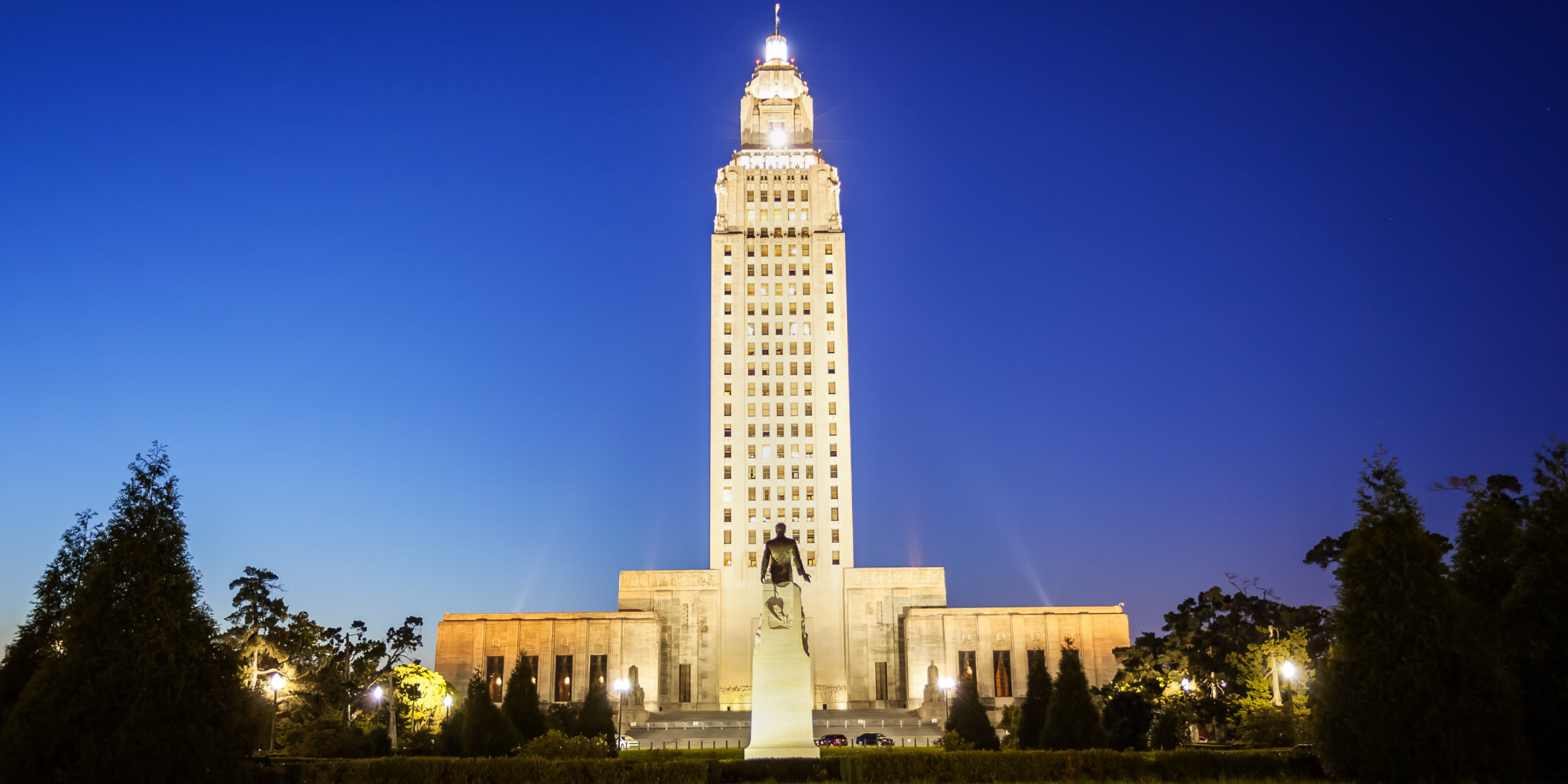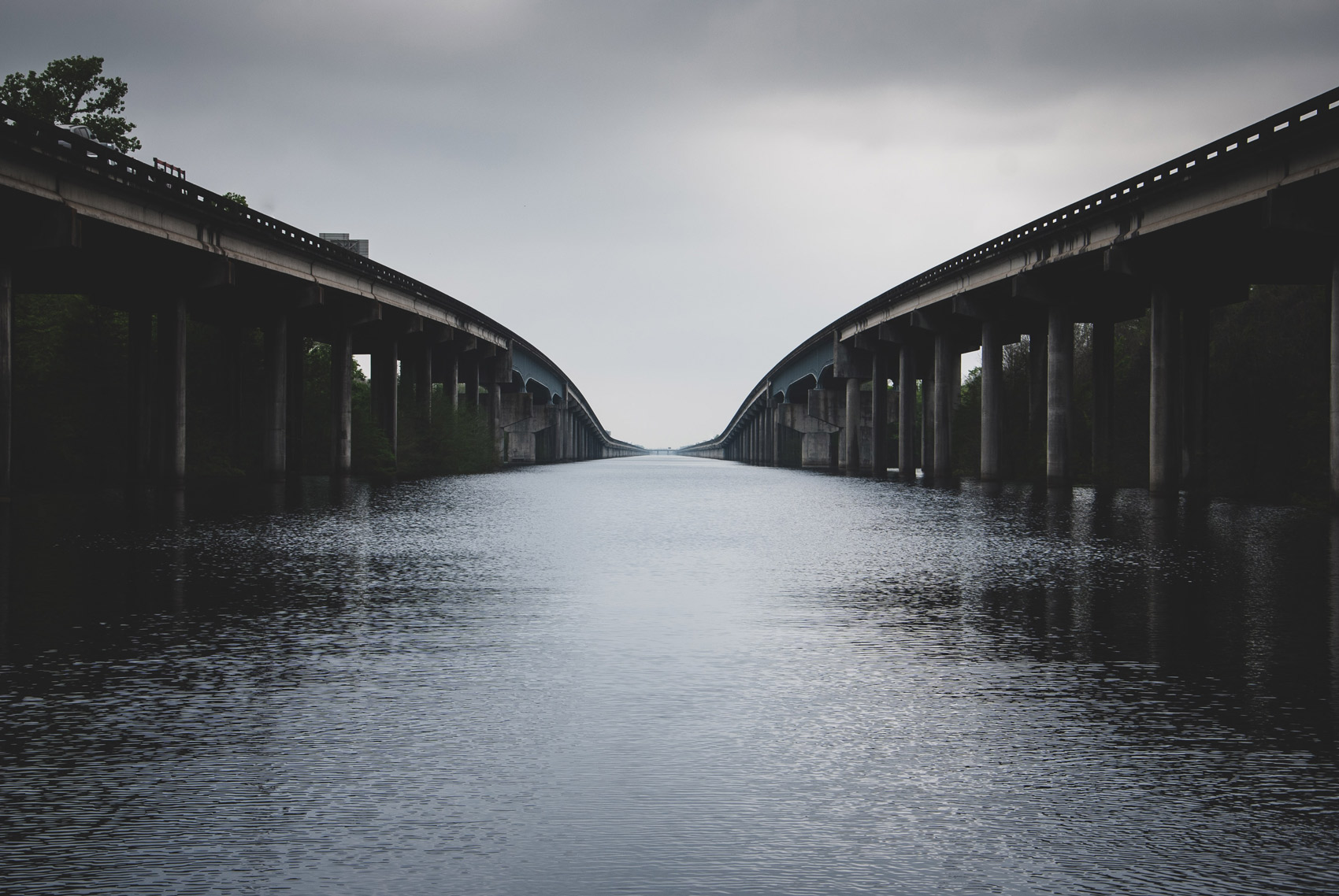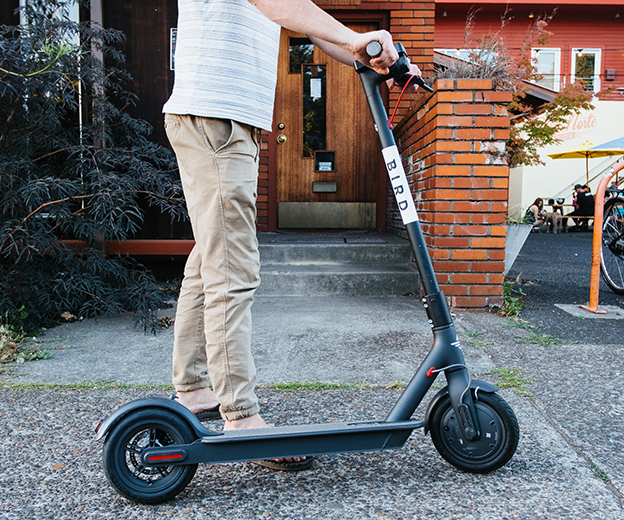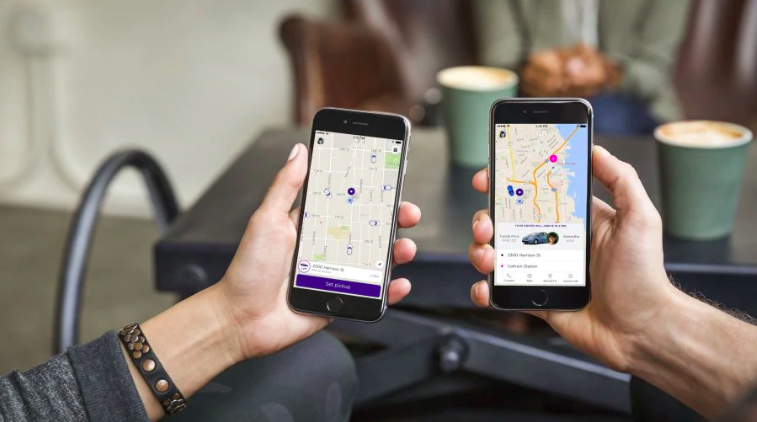Transportation Scholar Refutes Case for N.O.-B.R. High-Speed Rail
Louisiana taxpayers would be on the line for millions in operating costs
NEW ORLEANS, La. – The debate over whether to build a high speed rail line between Baton Rouge and New Orleans is heating up.
Scott Bernstein, president of the Center for Neighborhood Technology, says that a rail line connecting Baton Rouge and New Orleans could be as successful as Amtrak’s most profitable lines.
He claims that routes that run from 80 to 170 miles tend to be the best able to support themselves through fares. Shorter routes, such as Amtrak’s Capital Corridor in Northern California, usually recover 75 percent to 80 percent of their operating costs through fares.
However, the remaining 25 percent to 20 percent of operating costs not covered by fares are paid for by taxpayers.

Randal O’Toole of the Cato Institute refutes the notion that taxpayers should make up the difference, claiming that any project that cannot cover its operating costs is not viable, and contends that the length of the rail line “has almost nothing to do with” covering operating costs.
He cites data from the New Haven-Springfield corridor, that shows the 62 miles rail line loses 56 cents on every dollar of operating costs, while the Chicago-Milwaukee corridor, which serves 11 million people, loses 40 cents on the dollar, leaving taxpayers to make up the difference.
In addition, O’Toole claims that there is almost no statistical correlation between the percent of operating costs covered by fares and corridor length.
Bernstein, citing a 2009 study, states that the rail line would cost taxpayers $105 million to build, while generating $186.5 million in benefits over 30 years.
However, O’Toole points out that this estimate is understated compared to current high speed rail projects. “$105 million on an 80-mile corridor is not going to produce a high-speed train. True high speed rail (150-mph or more) on an 80 miles route would cost several billion dollars.”
Florida considered spending $3 billion on a 85-mile high speed rail line in 2011, but scrapped the idea as being too costly for taxpayers.

In 2009, Gov. Bobby Jindal made headlines when he refused $300 million in federal stimulus money intended to kick-start a high speed rail project for Louisiana. Gov. Jindal reasoned that maintenance costs would be too high to justify building the rail system between Baton Rouge and New Orleans.
In addition, Vice President Joe Biden has called for spending $53 billion on passenger trains and high-speed rail projects over the next six years, as part of the administration’s goal of making high-speed rail accessible to 80 percent of Americans within 25 years.
Worldwide, only two high speed rail lines have broken even, both of which are located in densely populated areas of France and Japan where people drive less because gas prices are twice as high as in the U.S., and many foreign intercity highways levy high tolls.
Robert Ross is a researcher and social media strategist with the Pelican Institute for Public Policy. He can be contacted at rross@pelicanpolicy.org, and you can follow him on twitter.





